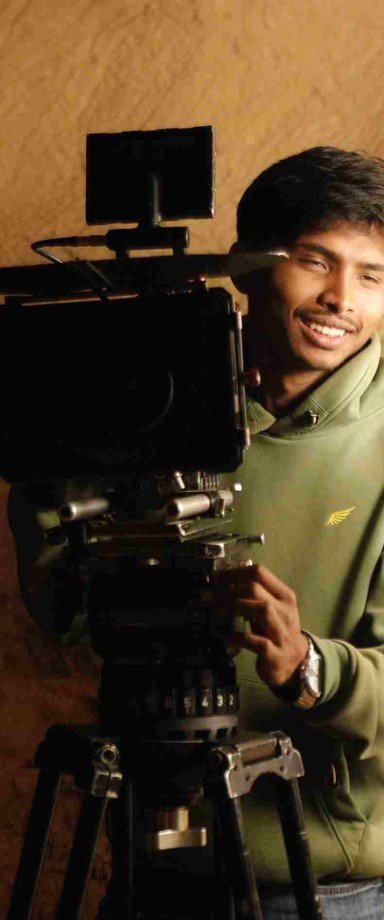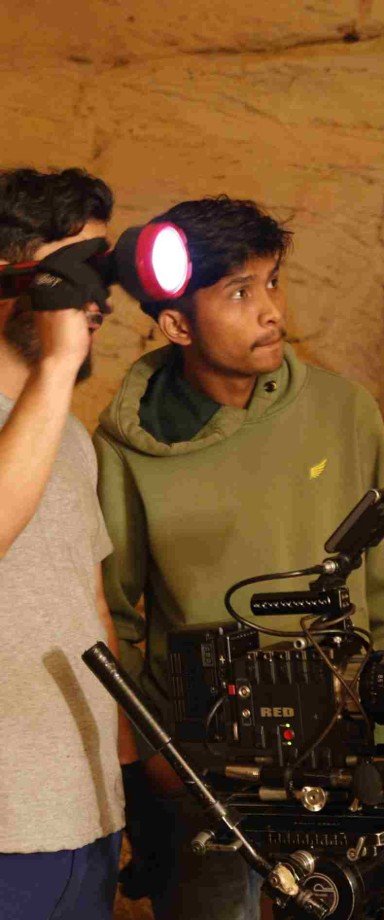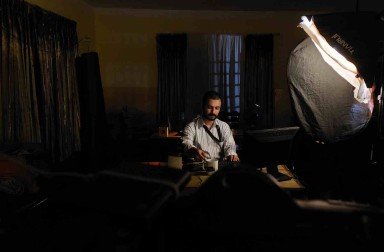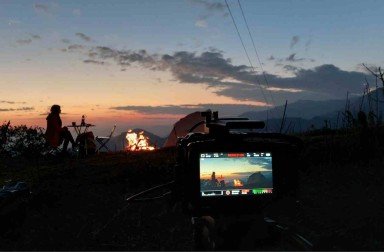
Cinematographer
Cinematography is an art form that involves capturing and creating moving images for the purpose of storytelling. Whether it's a feature film, a television show, or a commercial, the role of the cinematographer is to bring the director's vision to life through the use of camera placement, lighting, and composition.
At its core, cinematography is about capturing and creating emotion. It's about using the camera to convey a mood, a feeling, or a message. This can be achieved through a variety of techniques, including camera movement, lens choices, and lighting.
One of the most important aspects of cinematography is lighting. Good lighting can make a huge difference in the look and feel of a scene. Cinematographers use a variety of sources, including natural light, artificial light, and reflected light, to create the desired look and mood.
Another important aspect of cinematography is camera placement and movement. The placement of the camera can greatly affect the way a scene is perceived by the audience. For example, a high angle shot can make a character look small and powerless, while a low angle shot can make them look larger and more dominant. Camera movement, such as pans, tilts, and tracking shots, can also be used to convey emotion or create a sense of movement within a scene.
In addition to lighting and camera placement, the choice of lens is also an important consideration for cinematographers. Different lenses can produce different effects, such as wide-angle lenses that create a sense of breadth and depth, or telephoto lenses that compress the distance between objects.
Cinematography is a highly collaborative art form, with the cinematographer working closely with the director, producers, and other members of the crew to bring the director's vision to life. It requires a combination of technical knowledge and artistic vision, and the ability to work effectively as part of a team.
One of the biggest challenges for cinematographers is finding the right balance between technical proficiency and artistic expression. It's important to have a solid understanding of the technical aspects of cinematography, such as camera placement, lighting, and lens choices, but it's also important to be able to use these tools to create emotionally resonant images.
In conclusion, cinematography is a complex and rewarding art form that involves capturing and creating moving images for the purpose of storytelling. It requires a combination of technical proficiency and artistic vision, and the ability to work effectively as part of a team. Whether it's a feature film, a television show, or a commercial, the role of the cinematographer is to bring the director's vision to life through the use of camera placement, lighting, and composition, and to create emotionally resonant images that engage and move the audience.















Comments